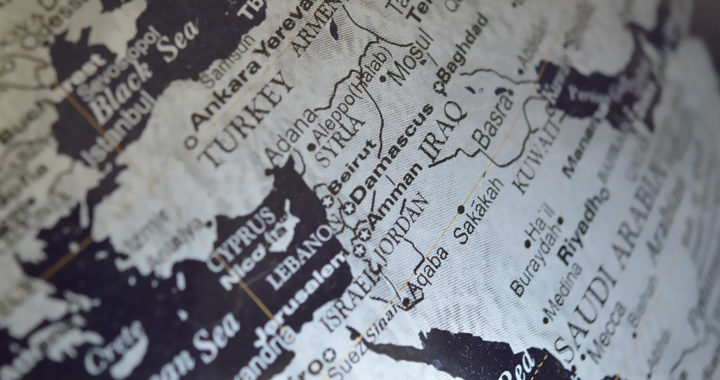Leaders from France, Germany, India, Italy, Saudi Arabia, the United Arab Emirates, the United States, and the European Union introduced the India-Middle East-Europe Economic Corridor or IMEC during the G20 Summit held in New Delhi in September 2023. It is a proposed economic corridor targeted to boost economic development and promote economic integration through networks of transportation and communication infrastructures that would span from India to Europe through the United Arab Emirates, Saudi Arabia, Jordan, Israel, and Greece.
Understanding the India-Middle East-Europe Economic Corridor: Background, Purpose, and Criticisms
Background
The planned economic corridor will provide a more efficient connection between Europe and Asia through transportation and communication. It has two main components. The eastern corridor will link India to the United Arab Emirates, Saudi Arabia, Jordan, and Israel, and the northern will connect countries in the Middle East to Europe.
Observers have noted that this undertaking is seen as a counterpart of the United States to the Belt and Road Initiative of China which includes the China-Pakistan Economic Corridor. It would also compete against the Suez Canal in Egypt which provides a trade route between Europe and Asia through a waterway that connects the Mediterranean Sea to the Red Sea.
Furthermore, because participating countries represent 40 percent of the global population and about 50 percent of the global economy, and it is planned to go through a critical geopolitical region, the economic corridor will have geopolitical implications. It will also demonstrate some form of soft power balancing against China and Russia.
Purpose
The main purpose of the India-Middle East-Europe Economic Corridor is to provide a more efficient trading route between Europe and Asia. Furthermore, because it will depend on the hubs in the United Arab Emirates and Saudi Arabia, it is also seen to strengthen the role and established designation of these countries as important nodes in international trade.
It is also important to note that this undertaking is part of the Partnership for Global Infrastructure and Investment. This collaborative effort among Canada, France, Germany, Italy, Japan, the United Kingdom, and the United States or the Group of Seven aims to support high-value infrastructure projects in low-income and middle-income countries.
Another purpose of the economic corridor is to rebalance the global economic order and geopolitical landscape. The geoeconomic gravity of the world has been shifting from the West to the East and the Global South since the 2007-2008 Financial Crisis. Improving the position of the Middle East reinforces its centrality in the global economy.
Criticisms
The planned India-Middle East-Europe Economic Corridor has been met with criticisms. For example, following its announcement in September 2023, Turkish President Recep Tayyip Erdogan criticized it for skirting his country. Turkey swore to support the alternative Iraq Development Road Project that will connect Europe to the Persian Gulf.
Persisting challenges can also obstruct its completion. The undertaking will involve different countries with different political dynamics and interests, on top of previous tensions. There is also a need to harmonize different regulatory frameworks since the involved countries have different legal systems and specific trading and transportation policies.
Another issue emerging from the planned economic corridor is its relation with the conflict between Israel and the Palestinian militant organization Hamas that escalated in October 2023. The United States government hinted that the undertaking is behind the reasons why Hamas attacked Israel and the ongoing war could derail its initiation and completion.

